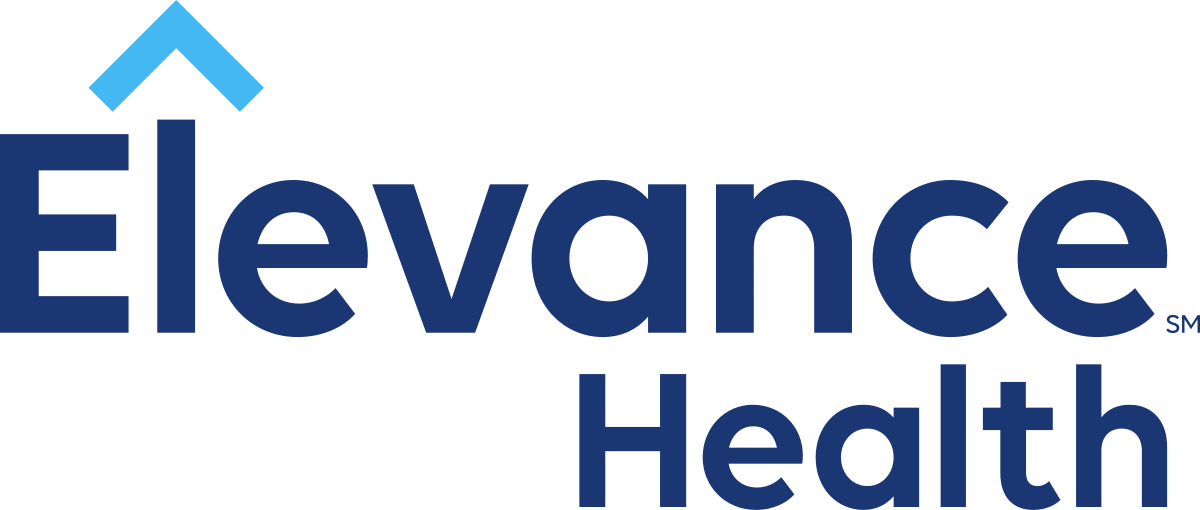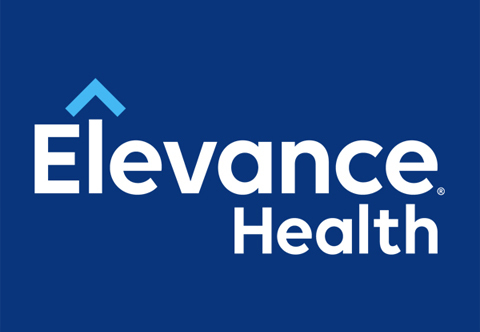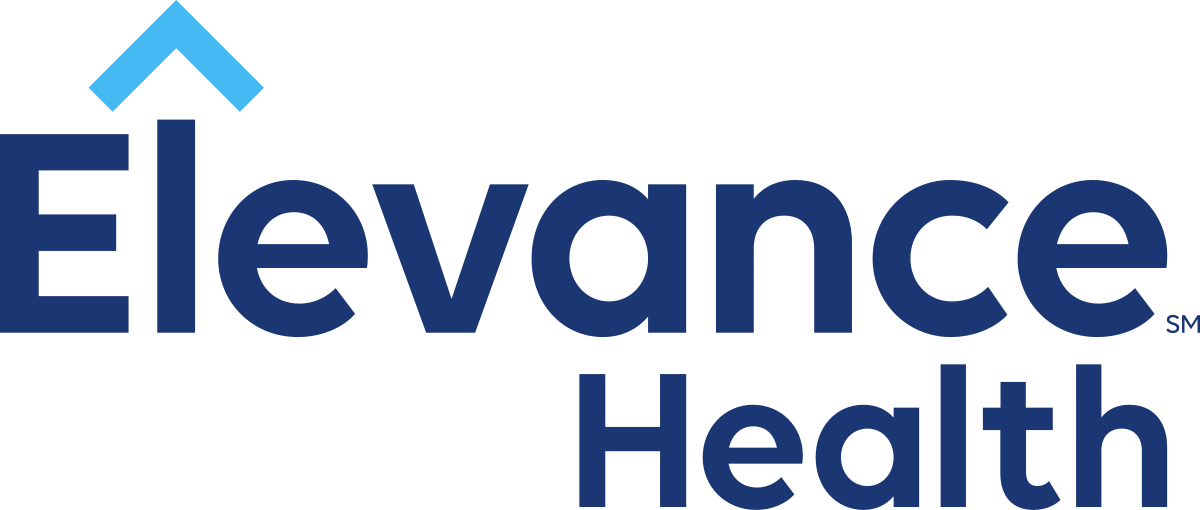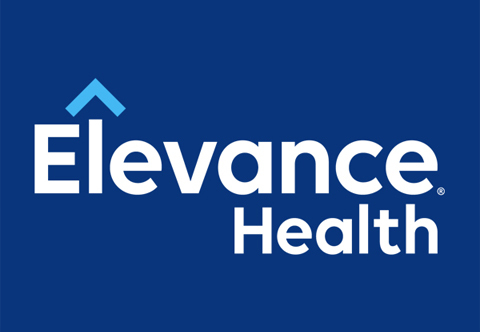Elevance Health Inc. (NYSE:ELV) Q2 2025 Earnings Preview

- Earnings Expectation: Analysts predict an EPS of $9.20 and revenues of $48.26 billion.
- Historical Performance: ELV has a history of positive one-day returns in 55% of cases following earnings announcements over the past five years.
- Financial Health Indicators: Key financial metrics include a P/E ratio of approximately 12.86 and a debt-to-equity ratio of about 0.71.
Elevance Health Inc. (NYSE:ELV) is a prominent player in the health insurance industry, preparing to release its second-quarter 2025 earnings on July 17. Analysts expect the company to report earnings per share (EPS) of $9.20, with projected revenues of approximately $48.26 billion. This release is significant as it could influence the health insurance sector, especially with recent developments involving competitors like UnitedHealth Group and Centene Corp.
Historically, ELV has shown positive one-day returns in 55% of cases following earnings announcements over the past five years. The median positive return on these days was 2.7%, with the highest reaching 7.7%. Traders often employ strategies such as pre-earnings positioning, based on historical probabilities, and post-earnings positioning, which involves waiting for the announcement to assess returns before making trading decisions.
Despite the anticipated revenue growth of 11.4% compared to the previous year, driven by product and premium revenues and the expansion of CarelonRx, ELV's earnings may face pressure. Rising costs and a decrease in Medicaid memberships are contributing factors. Higher benefit and interest expenses, which have increased by nearly 11% year-over-year, are likely to impact profit margins.
The earnings estimate for the quarter has decreased by 1.8% over the past 60 days, indicating a 9.1% decline in earnings compared to the same period last year. This decline reflects the challenges ELV faces in maintaining profitability amidst rising expenses. The company's financial metrics, such as a price-to-earnings (P/E) ratio of approximately 12.86 and a price-to-sales ratio of about 0.41, provide insight into its market valuation.
ELV's enterprise value to sales ratio is around 0.54, reflecting its total valuation compared to revenue. The enterprise value to operating cash flow ratio is approximately 20.31, indicating how the company's valuation compares to its cash flow from operations. With an earnings yield of about 7.77% and a debt-to-equity ratio of approximately 0.71, ELV's financial health and leverage level are crucial factors for investors to consider. The current ratio of around 1.43 suggests the company's ability to cover short-term liabilities with short-term assets.
| Symbol | Price | %chg |
|---|---|---|
| UNH.BA | 15540 | 0.26 |
| UNH.NE | 16.53 | 0 |
| UNH | 358.66 | 0.02 |
| UNH.DE | 309.75 | 0 |

Elevance Health, Inc. (NYSE:ELV) Insider Purchase Amidst Revised Profit Forecast
- Gail Boudreaux, President and CEO of Elevance Health, Inc. (NYSE:ELV), purchased 2,334 shares, increasing her total ownership.
- The company revised its annual profit forecast downward due to high medical costs, leading to a 7% drop in share price during premarket trading.
- Despite recent challenges, Elevance Health's market capitalization stands at approximately $63.74 billion, highlighting its significant role in the healthcare industry.
Elevance Health, Inc. (NYSE:ELV) is a prominent player in the healthcare industry, providing a range of health insurance products and services. The company operates in a competitive market, with rivals like UnitedHealth Group and Cigna. On July 18, 2025, Gail Boudreaux, the President and CEO, made a significant move by purchasing 2,334 shares of ELV at $286.07 each, increasing her total ownership to 144,854 shares.
Despite this insider purchase, Elevance faces challenges. The company recently revised its annual profit forecast downward due to high medical costs in its government-backed plans, as highlighted by Reuters. This announcement led to a 7% drop in ELV shares during premarket trading, reflecting investor concerns about the company's financial outlook.
The current stock price of ELV is $282.10, marking a decrease of 6.73% or $20.35. The stock has experienced fluctuations, with a low of $276.46 and a high of $293.31 today. Over the past year, ELV's stock has seen a high of $567.26 and a low of $276.41, indicating significant volatility in its market performance.
Elevance's market capitalization is approximately $63.74 billion, with a trading volume of 5,109,657 shares on the NYSE. This substantial market cap underscores the company's importance in the healthcare sector, despite the recent challenges it faces with rising medical costs impacting its profit forecasts.

Elevance Health Beats Q1 Estimates With Broad-Based Growth and Solid Outlook
Elevance Health (NYSE:ELV) delivered a strong performance in the first quarter of 2025, beating analyst expectations on both earnings and revenue as momentum across its core business lines drove solid financial results.
The health insurer posted adjusted earnings of $11.97 per share, well above the consensus forecast of $11.08. Revenue surged to $48.8 billion, outpacing estimates and marking a robust 15.4% increase compared to the same period last year.
The company’s growth was fueled by solid contributions from both its primary operating segments. Health Benefits revenue climbed 11.2% to $41.4 billion, bolstered by higher premiums and a growing membership base in Medicare Advantage and Affordable Care Act plans. Meanwhile, the Carelon segment saw explosive 63% growth to $6.5 billion, reflecting the impact of recent acquisitions and expansion in risk-based services.
While the medical loss ratio ticked up to 86.4%, reflecting rising Medicaid costs, Elevance offset this with tighter cost control elsewhere. The operating expense ratio declined to 10.9%, helped by revenue scale and disciplined expense management.
Looking ahead, the company reaffirmed its full-year adjusted earnings guidance of $34.15 to $34.85 per share—closely aligned with market expectations—signaling confidence in its strategy and continued execution across a complex healthcare landscape.

Elevance Health's Strong Financial Performance in Q1 2025
- Elevance Health reported an EPS of $11.97, surpassing estimates and indicating strong financial health.
- The company's revenue reached $48.77 billion, a 15.4% increase year-over-year, outperforming market expectations.
- Elevance Health has consistently exceeded analyst predictions, with a notable earnings surprise of 6.78% this quarter.
Elevance Health, trading under the symbol on the NYSE, is a prominent player in the healthcare sector. The company provides a range of health insurance products and services, competing with industry giants like UnitedHealth. On April 22, 2025, Elevance Health reported earnings per share (EPS) of $11.97, surpassing the estimated $11.41, showcasing its strong financial performance.
The company's revenue for the first quarter of 2025 reached $48.77 billion, exceeding the estimated $46.30 billion. This represents a 15.4% increase from the same period last year, highlighting Elevance Health's growth trajectory. The revenue figure also surpassed the Zacks Consensus Estimate of $46.03 billion by 5.95%, demonstrating the company's ability to outperform market expectations.
Elevance Health's EPS of $11.97 marks a significant improvement from the $10.64 reported in the same quarter last year. The earnings surprise for this quarter stands at 6.78%, indicating the company's consistent ability to exceed analyst predictions. Over the past four quarters, Elevance Health has outperformed consensus EPS estimates three times, reinforcing its strong financial standing.
Despite a sector-wide selloff triggered by UnitedHealth's decision to lower its full-year forecast, Elevance Health has reaffirmed its forecast for 2025. This move indicates the company's confidence in its financial outlook and its resilience in the face of industry challenges. The company's price-to-earnings (P/E) ratio of approximately 15.85 reflects the market's valuation of its earnings, while its price-to-sales ratio of about 0.53 suggests a favorable market value relative to its sales.
Elevance Health's financial metrics further underscore its robust performance. The enterprise value to sales ratio is around 0.66, and the enterprise value to operating cash flow ratio is approximately 20.19, indicating the company's efficiency in generating cash from operations. With a debt-to-equity ratio of approximately 0.76 and a current ratio of around 2.01, Elevance Health demonstrates a balanced approach to financial leverage and liquidity management.

Elevance Health Beats Q1 Estimates With Broad-Based Growth and Solid Outlook
Elevance Health (NYSE:ELV) delivered a strong performance in the first quarter of 2025, beating analyst expectations on both earnings and revenue as momentum across its core business lines drove solid financial results.
The health insurer posted adjusted earnings of $11.97 per share, well above the consensus forecast of $11.08. Revenue surged to $48.8 billion, outpacing estimates and marking a robust 15.4% increase compared to the same period last year.
The company’s growth was fueled by solid contributions from both its primary operating segments. Health Benefits revenue climbed 11.2% to $41.4 billion, bolstered by higher premiums and a growing membership base in Medicare Advantage and Affordable Care Act plans. Meanwhile, the Carelon segment saw explosive 63% growth to $6.5 billion, reflecting the impact of recent acquisitions and expansion in risk-based services.
While the medical loss ratio ticked up to 86.4%, reflecting rising Medicaid costs, Elevance offset this with tighter cost control elsewhere. The operating expense ratio declined to 10.9%, helped by revenue scale and disciplined expense management.
Looking ahead, the company reaffirmed its full-year adjusted earnings guidance of $34.15 to $34.85 per share—closely aligned with market expectations—signaling confidence in its strategy and continued execution across a complex healthcare landscape.

Elevance Health's Strong Financial Performance in Q1 2025
- Elevance Health reported an EPS of $11.97, surpassing estimates and indicating strong financial health.
- The company's revenue reached $48.77 billion, a 15.4% increase year-over-year, outperforming market expectations.
- Elevance Health has consistently exceeded analyst predictions, with a notable earnings surprise of 6.78% this quarter.
Elevance Health, trading under the symbol on the NYSE, is a prominent player in the healthcare sector. The company provides a range of health insurance products and services, competing with industry giants like UnitedHealth. On April 22, 2025, Elevance Health reported earnings per share (EPS) of $11.97, surpassing the estimated $11.41, showcasing its strong financial performance.
The company's revenue for the first quarter of 2025 reached $48.77 billion, exceeding the estimated $46.30 billion. This represents a 15.4% increase from the same period last year, highlighting Elevance Health's growth trajectory. The revenue figure also surpassed the Zacks Consensus Estimate of $46.03 billion by 5.95%, demonstrating the company's ability to outperform market expectations.
Elevance Health's EPS of $11.97 marks a significant improvement from the $10.64 reported in the same quarter last year. The earnings surprise for this quarter stands at 6.78%, indicating the company's consistent ability to exceed analyst predictions. Over the past four quarters, Elevance Health has outperformed consensus EPS estimates three times, reinforcing its strong financial standing.
Despite a sector-wide selloff triggered by UnitedHealth's decision to lower its full-year forecast, Elevance Health has reaffirmed its forecast for 2025. This move indicates the company's confidence in its financial outlook and its resilience in the face of industry challenges. The company's price-to-earnings (P/E) ratio of approximately 15.85 reflects the market's valuation of its earnings, while its price-to-sales ratio of about 0.53 suggests a favorable market value relative to its sales.
Elevance Health's financial metrics further underscore its robust performance. The enterprise value to sales ratio is around 0.66, and the enterprise value to operating cash flow ratio is approximately 20.19, indicating the company's efficiency in generating cash from operations. With a debt-to-equity ratio of approximately 0.76 and a current ratio of around 2.01, Elevance Health demonstrates a balanced approach to financial leverage and liquidity management.

Elevance Health (NYSE:ELV) Surpasses Earnings Expectations but Faces Growth Concerns
- Elevance Health (NYSE:ELV) reported an EPS of $3.84, beating estimates but showing a decline from the previous year.
- The company's revenue of approximately $44.99 billion exceeded expectations, indicating strong sales performance.
- ELV's financial metrics reveal a mixed picture, with a low P/E ratio suggesting potential undervaluation, but a high enterprise value to operating cash flow ratio raising valuation concerns.
Elevance Health (NYSE:ELV) is a prominent player in the healthcare industry, providing a range of health insurance products and services. The company competes with other major insurers like UnitedHealth Group and Cigna. On January 23, 2025, ELV reported earnings per share (EPS) of $3.84, surpassing the estimated $3.80. This performance highlights the company's ability to exceed market expectations.
Despite the positive earnings surprise, ELV's EPS of $3.84 marks a decline from the $5.62 reported in the same quarter the previous year, as highlighted by Zacks. This decrease may raise concerns among investors about the company's growth trajectory. However, ELV's revenue of approximately $44.99 billion exceeded the estimated $44.92 billion, showcasing its strong sales performance.
ELV's financial metrics provide further insight into its market valuation. The company's price-to-earnings (P/E) ratio is approximately 15.31, indicating how the market values its earnings. A lower P/E ratio compared to industry peers might suggest that ELV is undervalued. Additionally, the price-to-sales ratio of about 0.52 suggests a relatively low market value compared to its sales.
The enterprise value to sales ratio of around 0.48 reflects ELV's total valuation compared to its revenue, while the enterprise value to operating cash flow ratio is notably high at approximately 39.86. This high ratio indicates that the company's valuation is significantly higher than its cash flow from operations, which could be a point of concern for investors.
ELV's financial stability is further supported by its low debt-to-equity ratio of 0.049, indicating a conservative use of debt. The current ratio of 1.45 suggests that ELV is well-positioned to cover its short-term liabilities with its short-term assets, providing a cushion against potential financial challenges.







